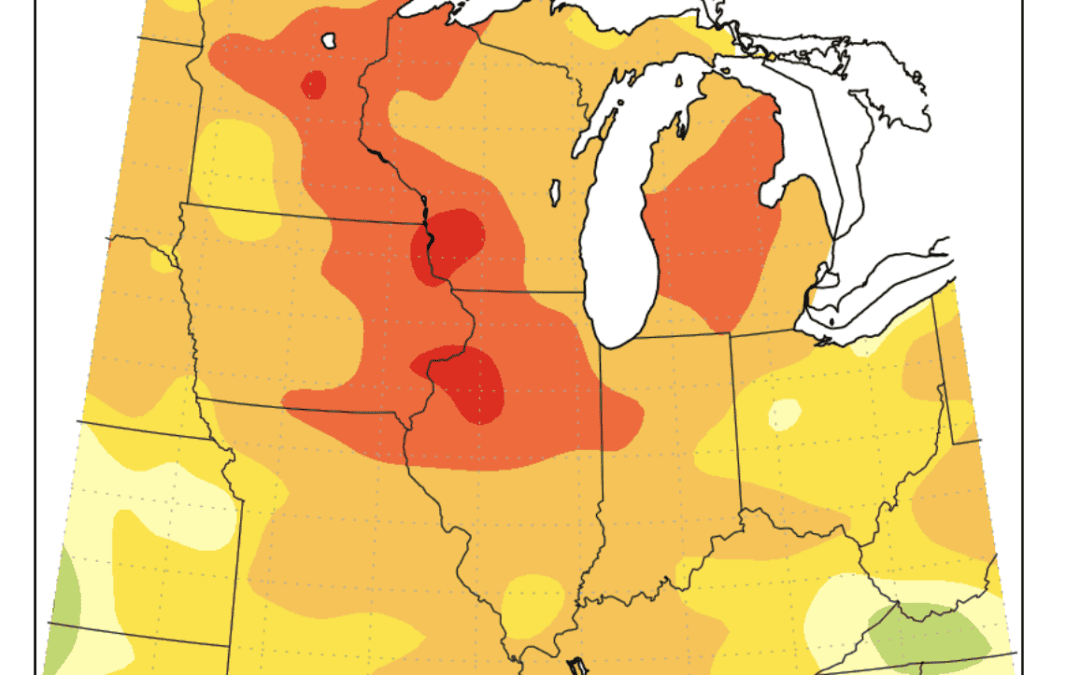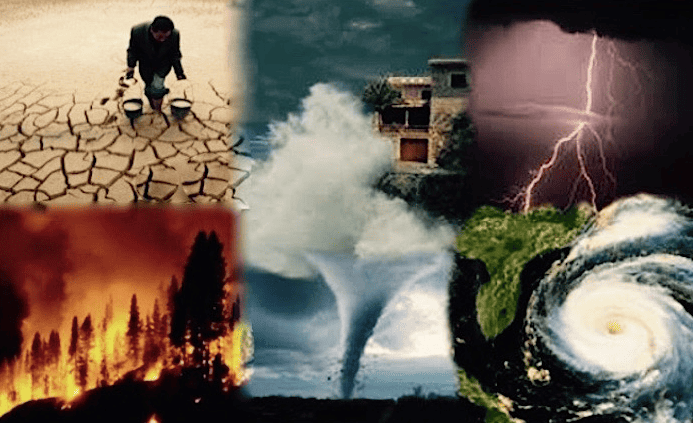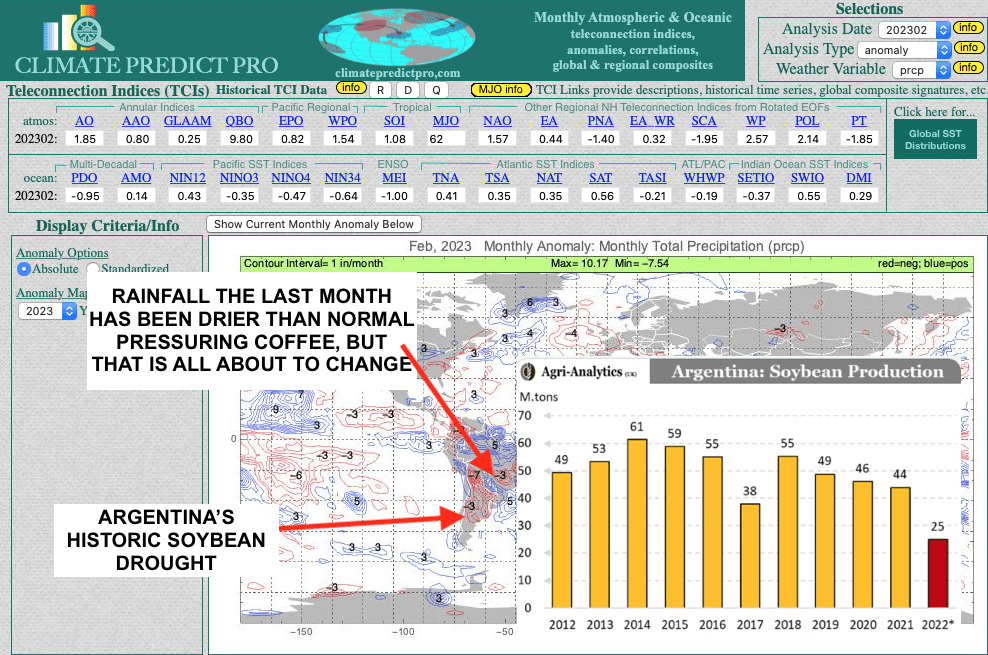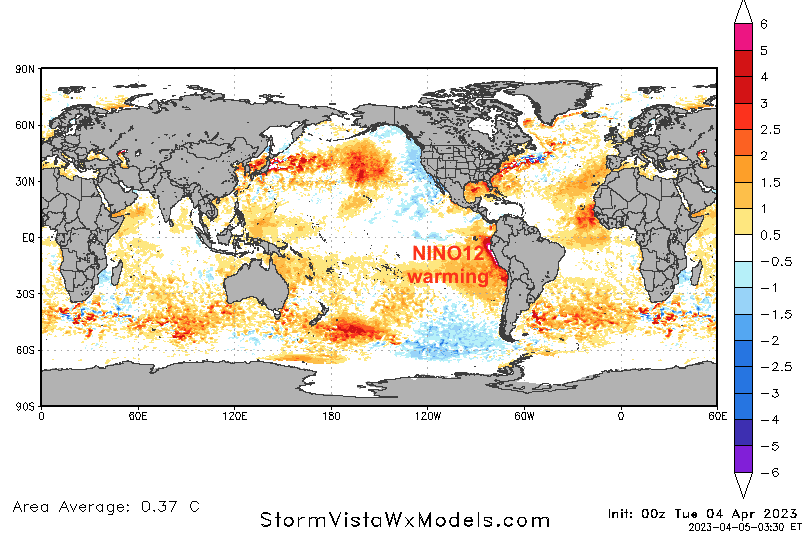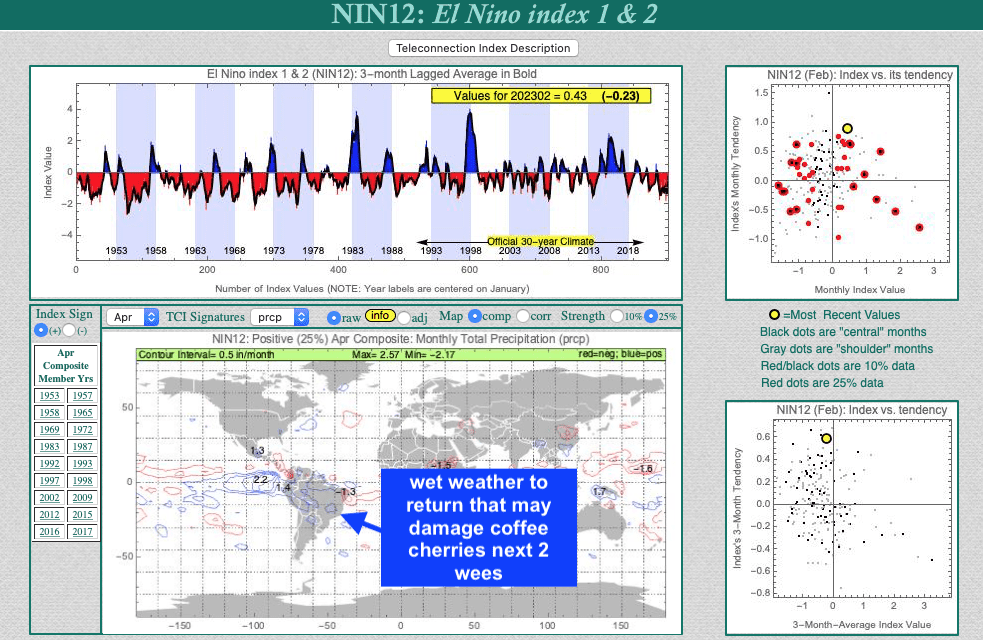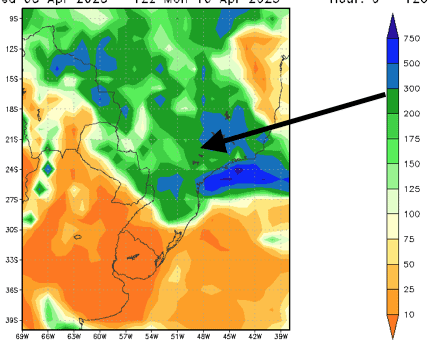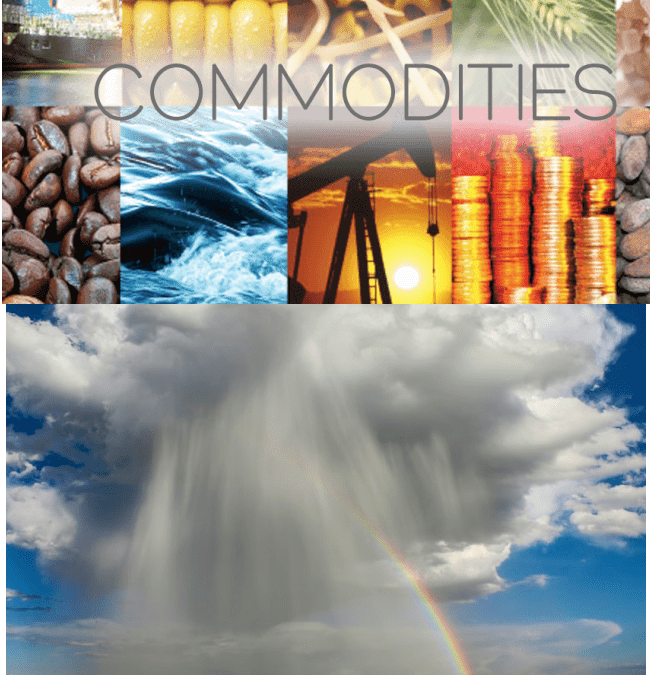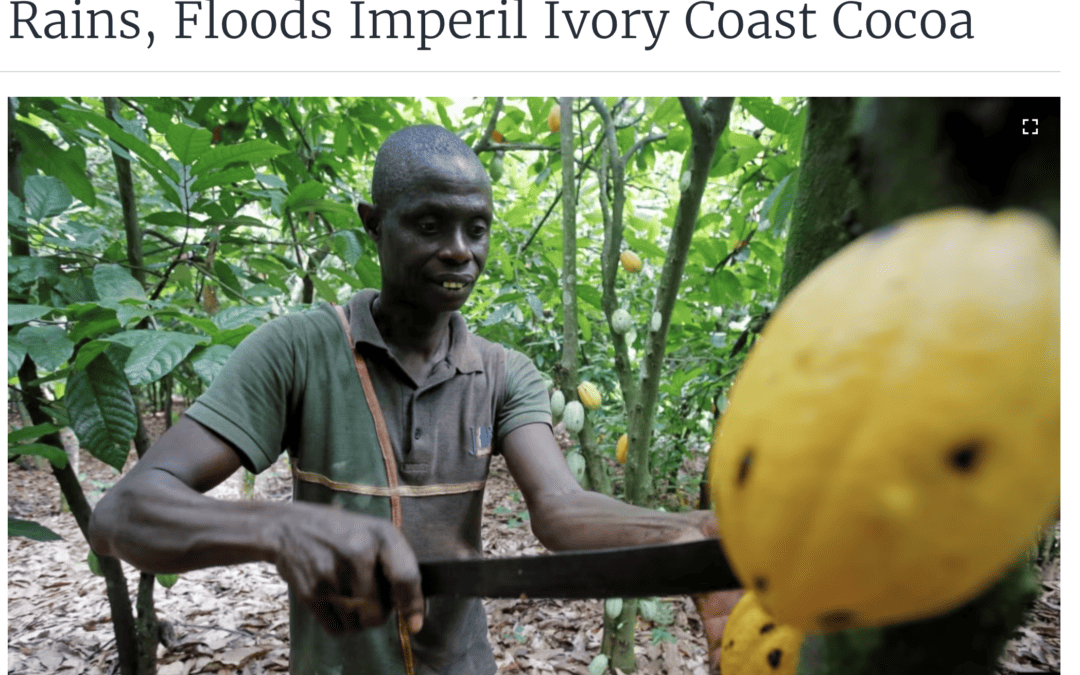
Heavy Rains Hit West Africa Cocoa. Is it because of El Nino?
West Africa, particularly countries like Ivory Coast and Ghana, is a major producer of cocoa beans, which are used in the production of chocolate. The cocoa production in this region is characterized by two rainy seasons, each associated with specific cocoa crop cycles known as the main crop and mid-crop.
Currently, it is becoming too wet for parts of Ivory Coast. This, plus El Nino fears for potential drier weather later this year is causing a new bull market in cocoa futures.
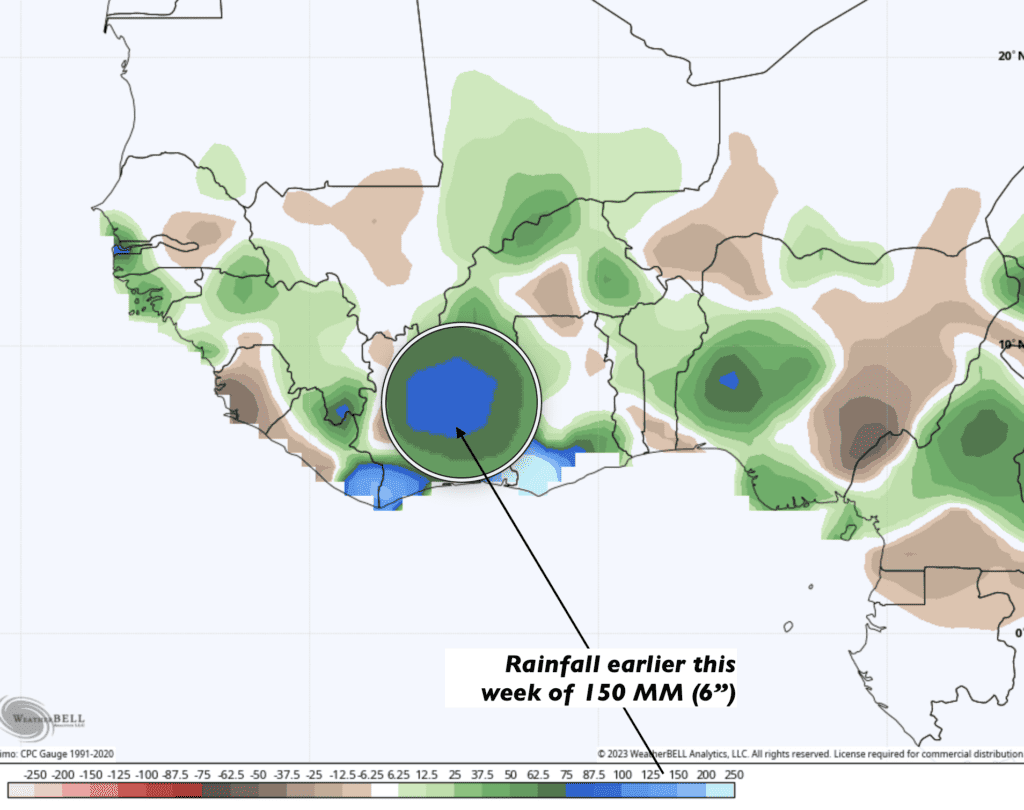
The Two Crop Seasons for West African Cocoa
Main Crop: The main crop season is the primary cocoa production period in West Africa. It typically starts around October or November and extends through March or April, depending on the specific region. This period coincides with the first rainy season in these areas. The rains provide the necessary moisture for cocoa tree growth and flowering. The main crop is generally larger in volume and higher in quality compared to the mid-crop. Harvesting of the main crop usually begins around May or June, and the cocoa beans are then processed and prepared for export.
Mid-Crop: After the main crop season, there is a brief dry season in West Africa. Following this dry period, the second rainy season begins, usually around April or May, and lasts until September or October. This rainy period is known as the mid-crop season. The mid-crop season is characterized by a smaller cocoa harvest compared to the main crop but is still significant in terms of overall cocoa production. The mid-crop is considered an off-season harvest, and the cocoa beans harvested during this period tend to be of slightly lower quality, due to factors such as increased pest pressure and disease vulnerability. The mid-crop harvest typically begins around August or September.
These two rainy seasons, along with the associated main and mid-crop cycles, contribute to the overall cocoa production in West Africa. They play a crucial role in providing the necessary water and climate conditions for cocoa trees to grow, flower, and produce the cocoa beans that are vital for the global chocolate industry.
Which teleconnections are most important for West African cocoa production?
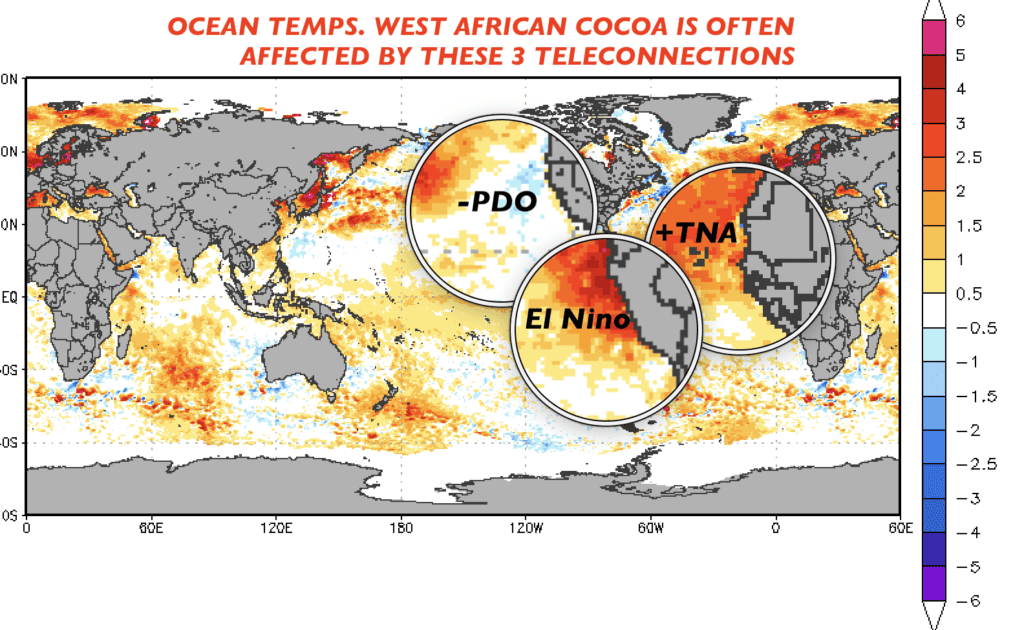
These three teleconnections above will be key factors in how the West African cocoa crop fares over the next 8 months. Right now, it is El Nino, combined with the warm TNA index that could spawn an active hurricane season in the eastern Atlantic that is driving the wet weather in parts of West Africa.
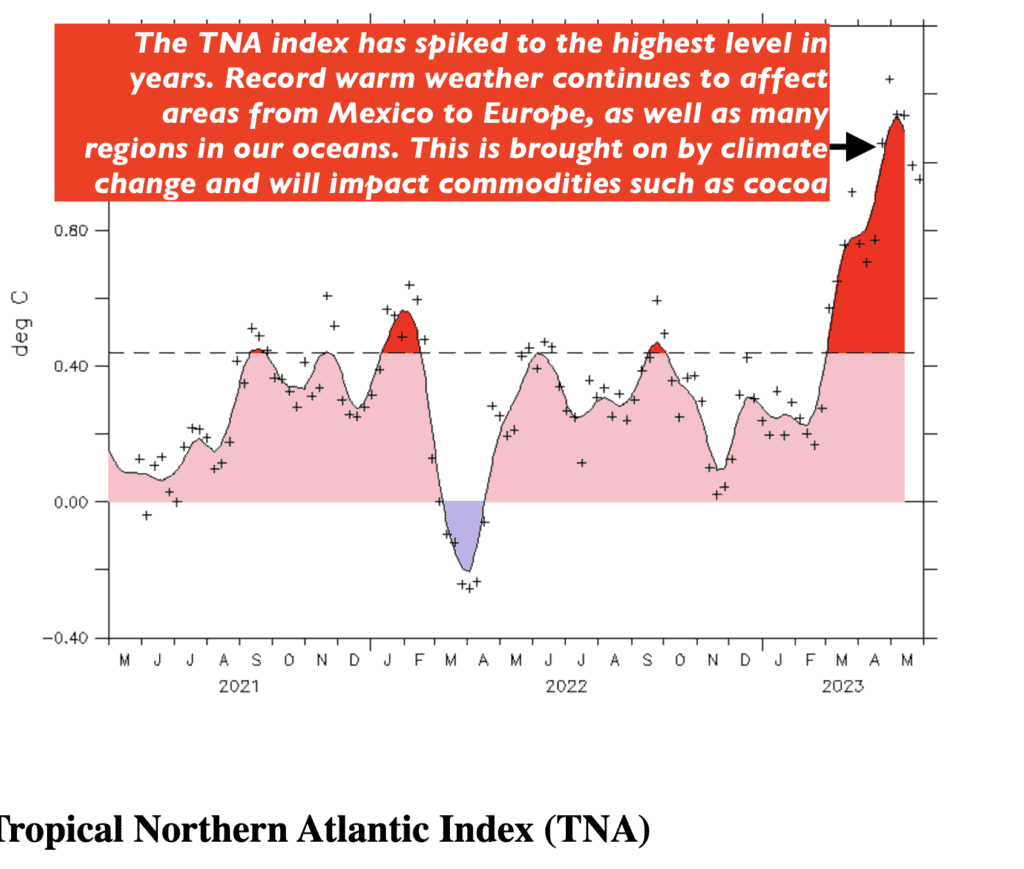
Warming at NINO12 (near Peru) can often result in a wet summer in West Africa. Typically, this is good for the beginning of the main cocoa crop (the bigger crop). However, incessant cloudy days with too much rain can often occur causing disease issues. That is what is happening now, just like the great El Nino event of 1972.
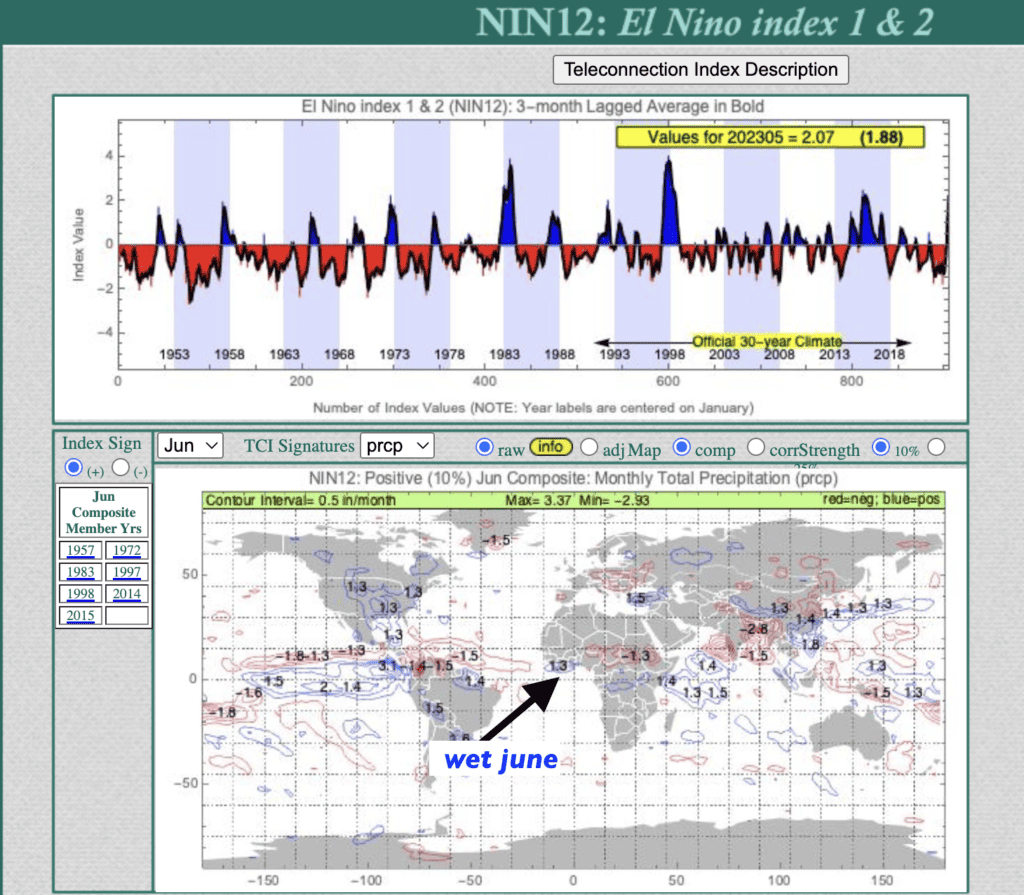
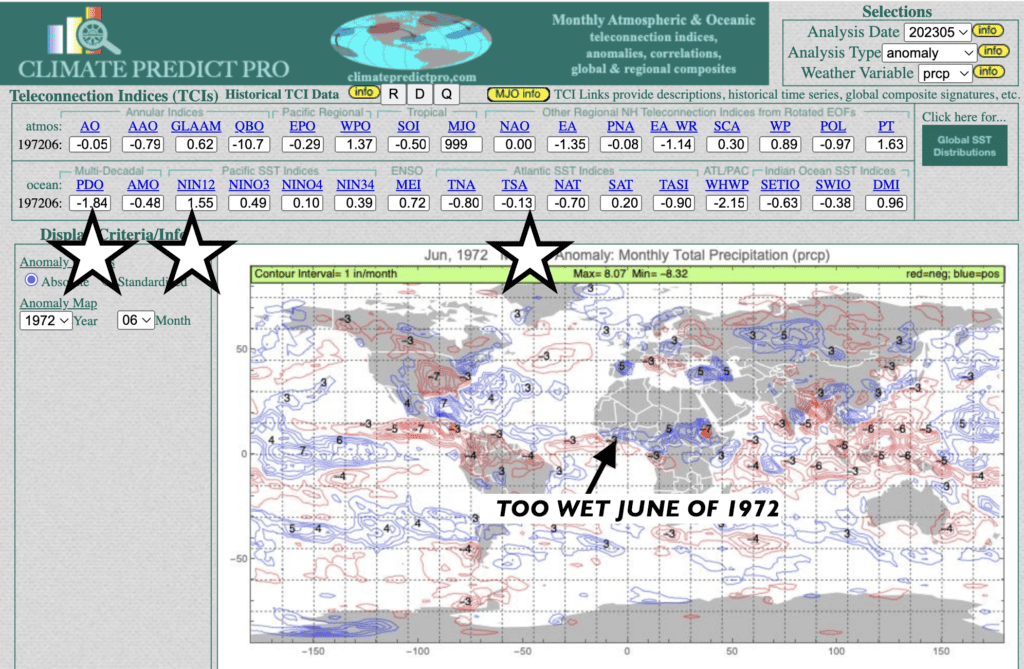
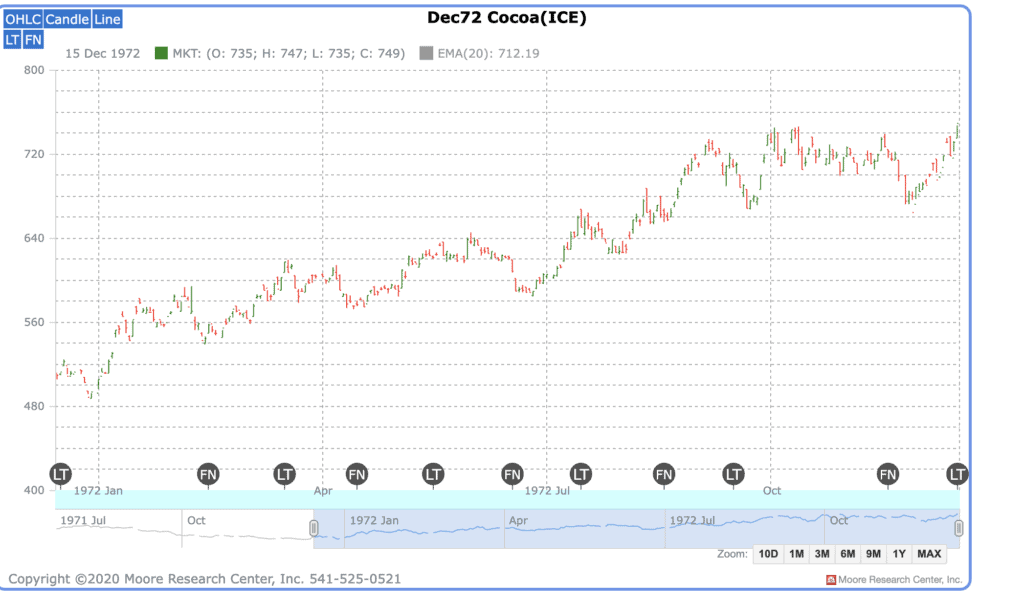
Will we see a repeat of the great cocoa bull market of 1972? After all, there have already been nearly a 30% rally in cocoa prices this year brought on by stronger global demand and production concerns due to West African farmers having fertilizer issues and being unable to take proper care of their groves.
We invite you to a complimentary two-week free trial to WeatherWealth and learn about the power of weather and how to invest in commodity ETFs, futures, and options based on the weather


